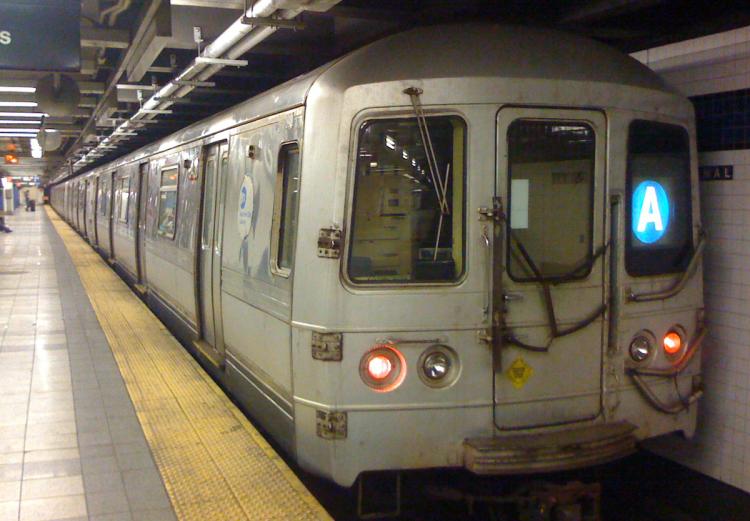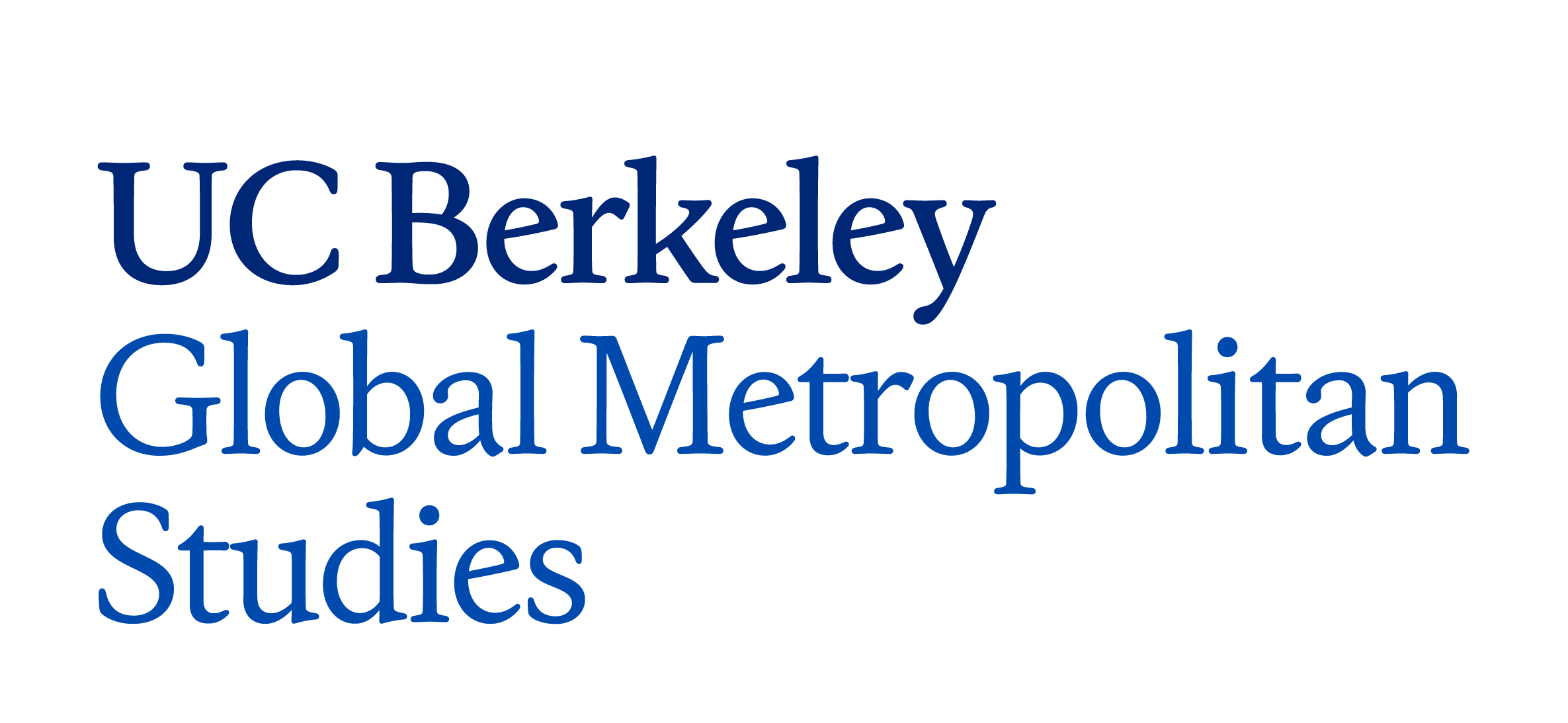We investigate the relationship between the opening of a city’s subway network and its air quality. We find that particulate concentrations drop by about 4% in a 10km radius disk surrounding a city center during the year following a subway system opening. This reduction in particulates is larger nearer the city center, but extends over the whole metropolitan area. It persists over the longest time horizon that we can measure with our data, about eight years, although these estimates are less reliable further from the subway opening date. Subway expansions have smaller effects on particulates and ridership than openings. Using estimates from the literature on the relationship between particulates and infant mortality suggests that each subway system provides an external mortality benefit of about $21m per year. This external benefit increases to about $594m per system per year if we consider mortality reduction effects for all city residents rather than just infants. Although available subway capital costs are crude, the estimated external mortality effects represent a significant fraction of construction costs.
Subways and Urban Air Pollution

